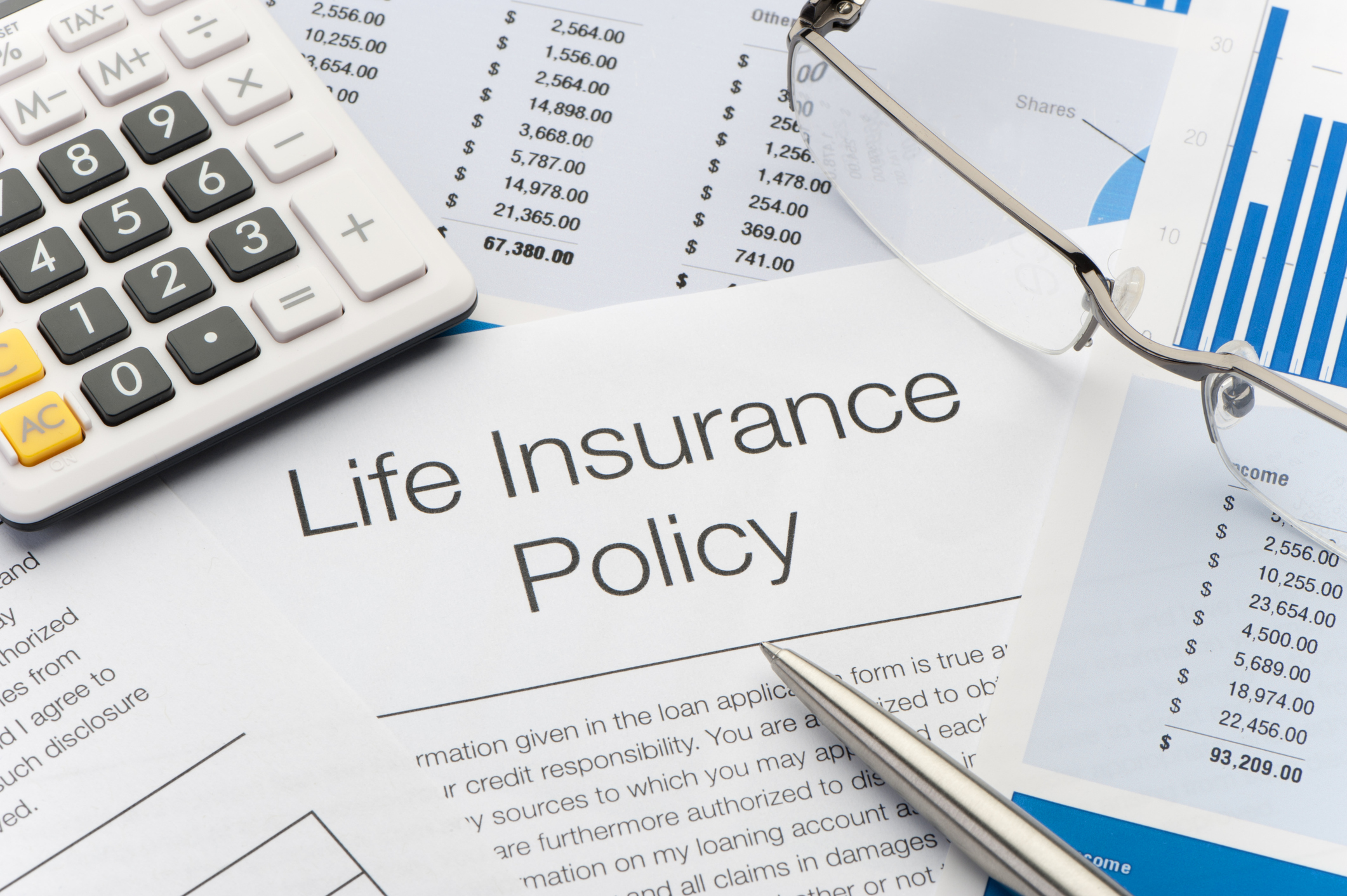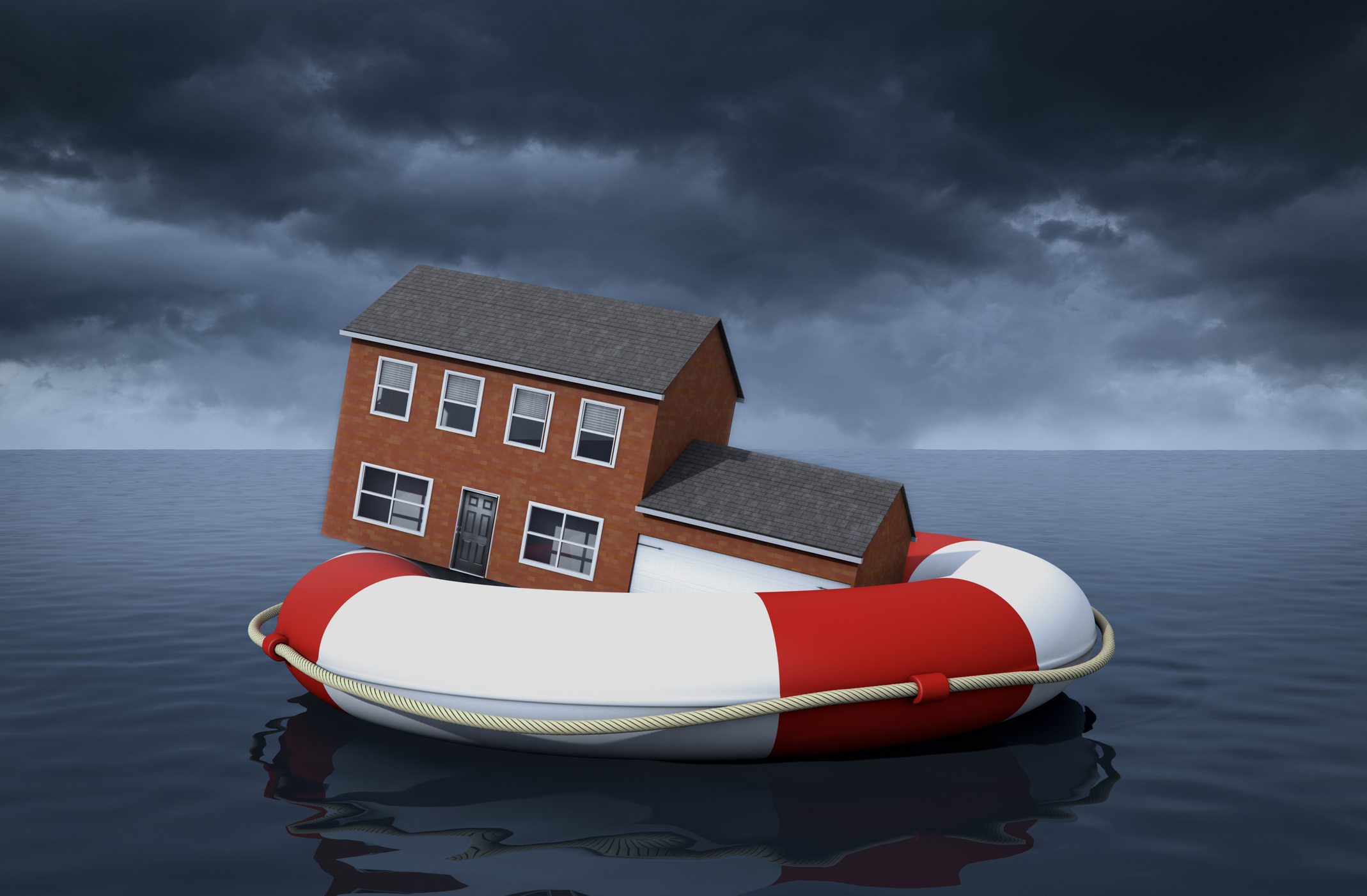Do You Need Life Insurance When You're Young?
Purchasing life insurance when you're young can save you thousands of dollars, while protecting those you may leave behind.


Erin Bendig
Purchasing life insurance when you’re young probably isn’t your top financial priority. Instead, you're likely focusing on other financial concerns, like upcoming student loan payments or buying a home. In fact, according to a 2023 study from life insurance marketing and research firm LIMRA, more than half (52%) of millennials have no life insurance coverage at all. However, purchasing life insurance in your 20s or 30s can be advantageous and more affordable than you may think.
Purchasing life insurance when you’re young
Life insurance falls into two major categories: term and whole life. A term life policy provides benefits for a certain amount of time, usually in increments of 10, 20 or 30 years. Whole life, or permanent life insurance, covers you for life (or as long as you pay the premiums) and has an investing component. Although term insurance has no cash value — your heirs won’t receive any benefits unless you die before the term expires — it’s considerably cheaper than whole life insurance.
If you have young children, a term life insurance policy is a no-brainer, particularly if you’re the main breadwinner in your household. Even if you don’t have children, there may be others who are dependent on your income. For example, if you’re providing financial support for a parent or sibling, a term policy will protect them if something happens to you.

Sign up for Kiplinger’s Free E-Newsletters
Profit and prosper with the best of expert advice on investing, taxes, retirement, personal finance and more - straight to your e-mail.
Profit and prosper with the best of expert advice - straight to your e-mail.
If you’re single with no dependents but own your home, you may want to buy a policy to keep it in the family. That’s what Brittney Burgett, head of communications at Bestow, an online term life insurance provider, did when she purchased her home in Tampa.
“I didn’t want my mom to worry about what to do with the house if something were to happen to me,” she says, “so I purchased a policy that would more than cover the mortgage and made her the beneficiary.” Burgett has a 30-year, $500,000 term policy that costs less than $30 a month.
You can compare life insurance rates today by using our tool, in partnership with Bankrate, below.
Cost
According to Insurist.com, almost two-thirds of adults overestimate the cost of life insurance. This belief is most commonly held by Millennials and Gen Zers over other generations. Specifically, 32% of Gen Z and 39% of Millennials believe they cannot afford life insurance, and close to a third of all adults estimate that $250,000 in term life insurance for a 30-year-old would cost $1,000 or more a year.
This is far from true — you can compare premium costs for a $500,000 20-year term life insurance policy below, per Moneygeek.
| Age | Average monthly cost | Total cost |
|---|---|---|
| 25 | $28 | $6,720 |
| 35 | $44 | $10,560 |
| 45 | $106 | $25,440 |
| 55 | $286 | $68,640 |
As you can see from the chart, the sooner you purchase life insurance, the cheaper it is. When you’re young, you’re typically healthier than older individuals, which means you pose less of a risk to insurance companies. For this reason, purchasing life insurance in your 20’s, as opposed to your 50’s, can save you thousands of dollars over the course of the policy. Plus, by opening a life insurance policy when you’re young, you’ll be able to lock in low rates before any health conditions develop. A report from LIMRA showed that 49% of individuals with life insurance wished they had purchased their policies when they were younger.
Byron Udell, founder of AccuQuote.com, a life insurance marketplace, says a nonsmoking 28-year-old woman can expect to pay about $16 a month for a 20-year policy worth $500,000 (women typically pay less in premiums than men). She could increase the coverage to $1 million for about $25 a month, Udell says.
How to buy
If you’re working, your employee benefits may include a term life insurance policy. However, if you leave your job, your policy may no longer be valid. Plus, the coverage may fall short of what you need. Workplace policies typically base the death benefit on a flat amount or an amount based on one to two times your annual income. If you have dependents, some experts suggest you get a policy that’s at least 10 times your annual income.
To figure out how much life insurance you need, tally up your expenses and liabilities, such as your mortgage and car payments, and look for a policy that will come close to covering those expenses. If you think that’s not enough, you can add more coverage for a modest amount. You can compare premiums at websites such as AccuQuote.com and Policygenius.com. You may also want to work with an independent insurance agent who can explain your options. You can find an agent at TrustedChoice.com.
Related Content
Get Kiplinger Today newsletter — free
Profit and prosper with the best of Kiplinger's advice on investing, taxes, retirement, personal finance and much more. Delivered daily. Enter your email in the box and click Sign Me Up.

Rivan joined Kiplinger on Leap Day 2016 as a reporter for Kiplinger's Personal Finance magazine. A Michigan native, she graduated from the University of Michigan in 2014 and from there freelanced as a local copy editor and proofreader, and served as a research assistant to a local Detroit journalist. Her work has been featured in the Ann Arbor Observer and Sage Business Researcher. She is currently assistant editor, personal finance at The Washington Post.
- Erin BendigPersonal Finance Writer
-
 33 Stocks That Could Rally 50% or More This Year
33 Stocks That Could Rally 50% or More This YearAnalysts say these S&P 500 stocks have at least 50% price upside over the next year or so.
By Dan Burrows
-
 Stock Market Today: Dow Drops 971 Points as Powell Pressure Ramps Up
Stock Market Today: Dow Drops 971 Points as Powell Pressure Ramps UpPresident Trump is increasing his attacks against Jerome Powell, insisting the Fed chair cut interest rates.
By Karee Venema
-
 Five Easy Weatherproofing Projects That Help Prevent Damage and Save on Insurance
Five Easy Weatherproofing Projects That Help Prevent Damage and Save on InsuranceProtect your home from storms and water damage with these simple weatherproofing upgrades — some may help reduce your home insurance premium.
By Paige Cerulli
-
 Is Your Car Model Driving Up Your Insurance Premium?
Is Your Car Model Driving Up Your Insurance Premium?Car insurance rates vary by make and model. Find out if your car is raising or lowering your premium.
By Rachael Green
-
 Don’t Get Burned: Six Summer Disasters Your Home Insurance Might Not Cover
Don’t Get Burned: Six Summer Disasters Your Home Insurance Might Not CoverHome insurance doesn’t cover everything. Learn which disasters require extra coverage — and how to protect your home before it’s too late.
By Jacob Wolinsky
-
 Should You Get Earthquake Insurance?
Should You Get Earthquake Insurance?Standard home insurance doesn’t cover earthquakes, but paying extra for earthquake insurance isn’t just for Californians.
By Rachael Green
-
 Should You Get Auto or Home Insurance Through Costco?
Should You Get Auto or Home Insurance Through Costco?Costco members can access discounted insurance through Connect by American Family — but is it really a better deal?
By Paige Cerulli
-
 How to Lower Home Insurance Rates When Climate Change Increases Costs
How to Lower Home Insurance Rates When Climate Change Increases CostsA top insurer warns the damage climate change causes is making it cost-prohibitive for insurers in some areas. Learn how to protect your home and lower costs.
By Sean Jackson
-
 Four Things You Can Do If Your Home Insurance Is Canceled or Not Renewed
Four Things You Can Do If Your Home Insurance Is Canceled or Not RenewedDon't panic — here's how to understand your notice, switch coverage and protect your home after a policy nonrenewal or cancellation.
By Ben Luthi
-
 See How Much Auto Tariffs Could Raise Your Car Insurance Rates
See How Much Auto Tariffs Could Raise Your Car Insurance RatesPresident Donald Trump issued a 25% tariff on all car imports. See how this tariff impacts the cost of your car insurance.
By Sean Jackson